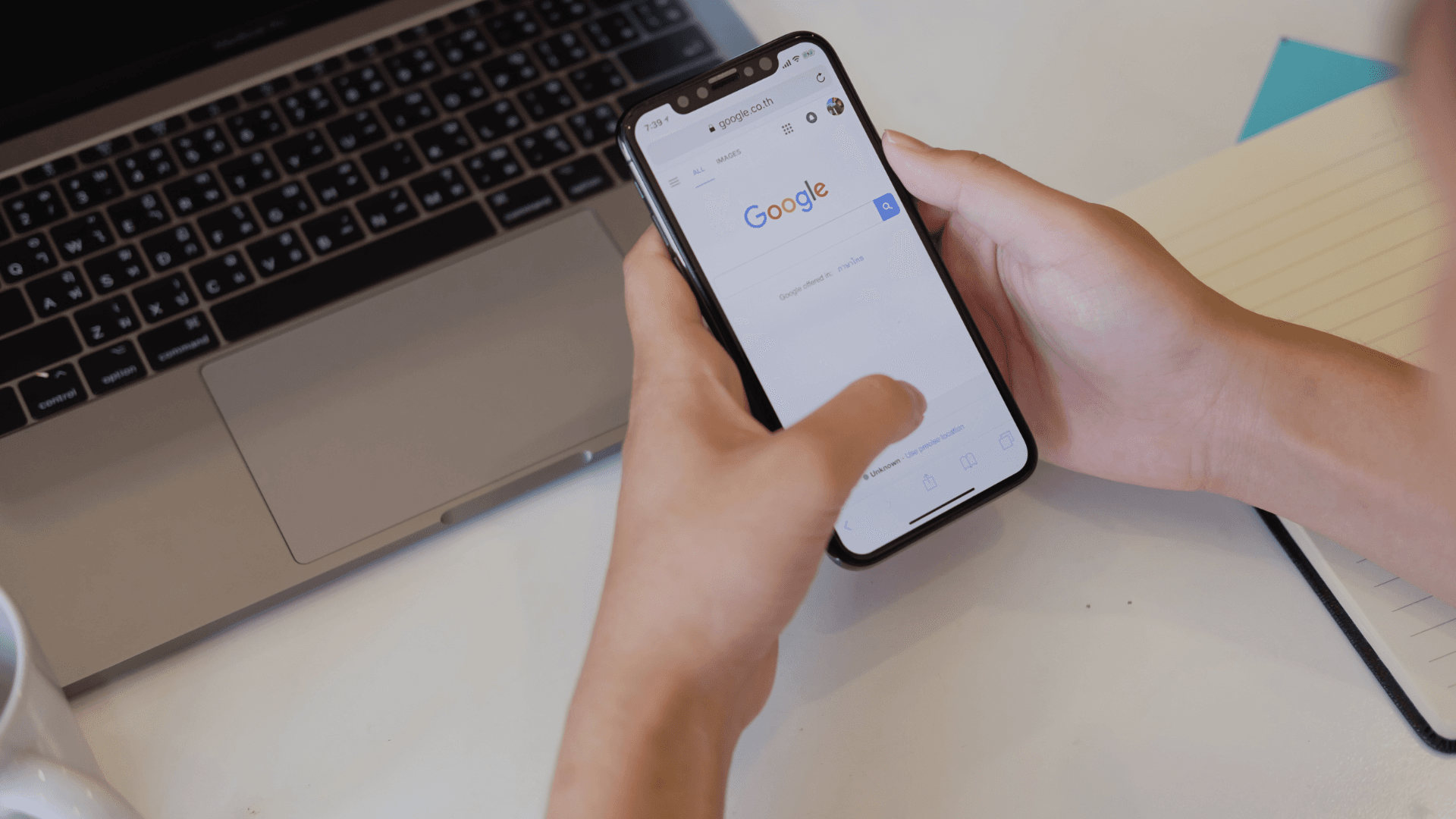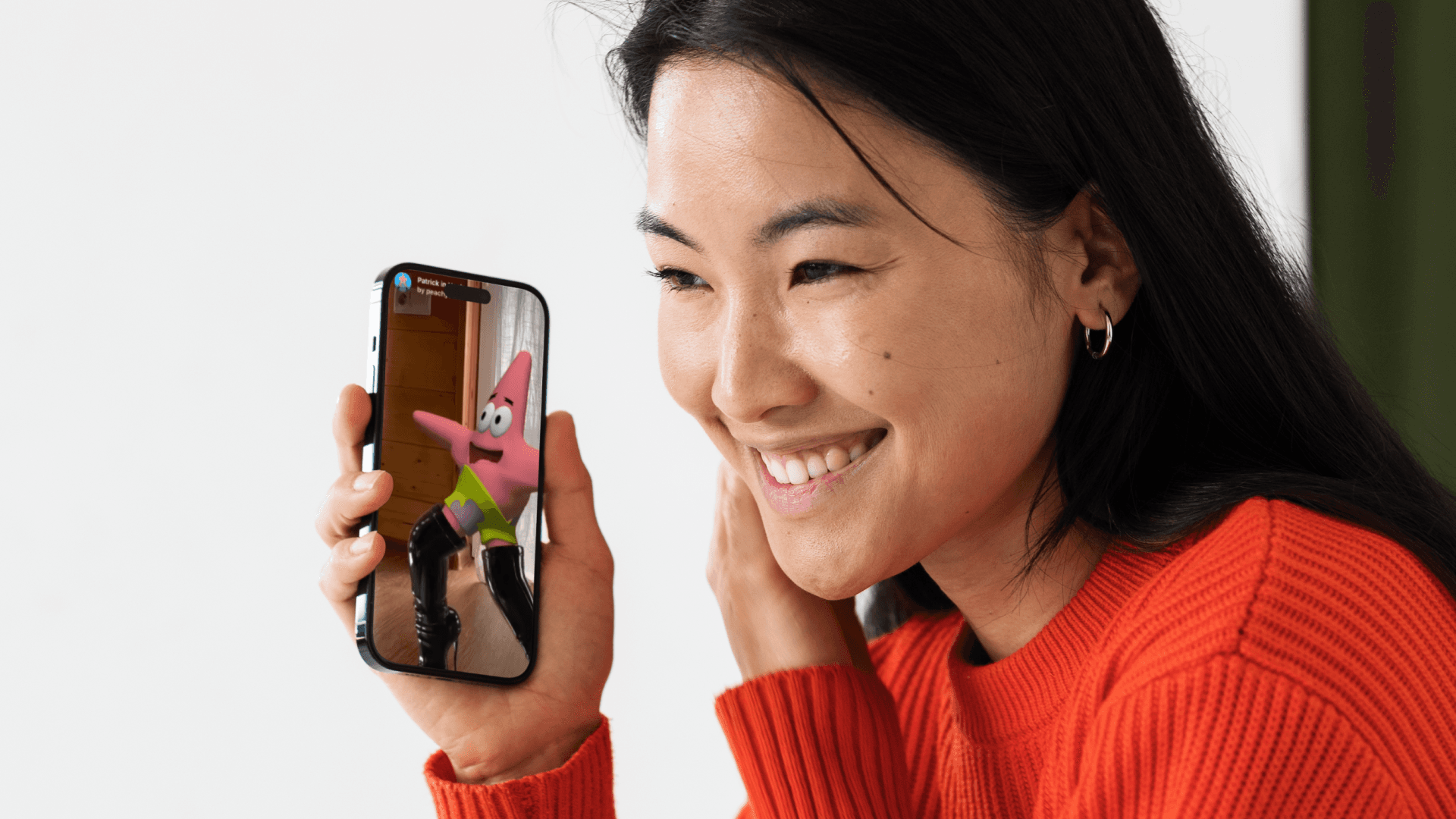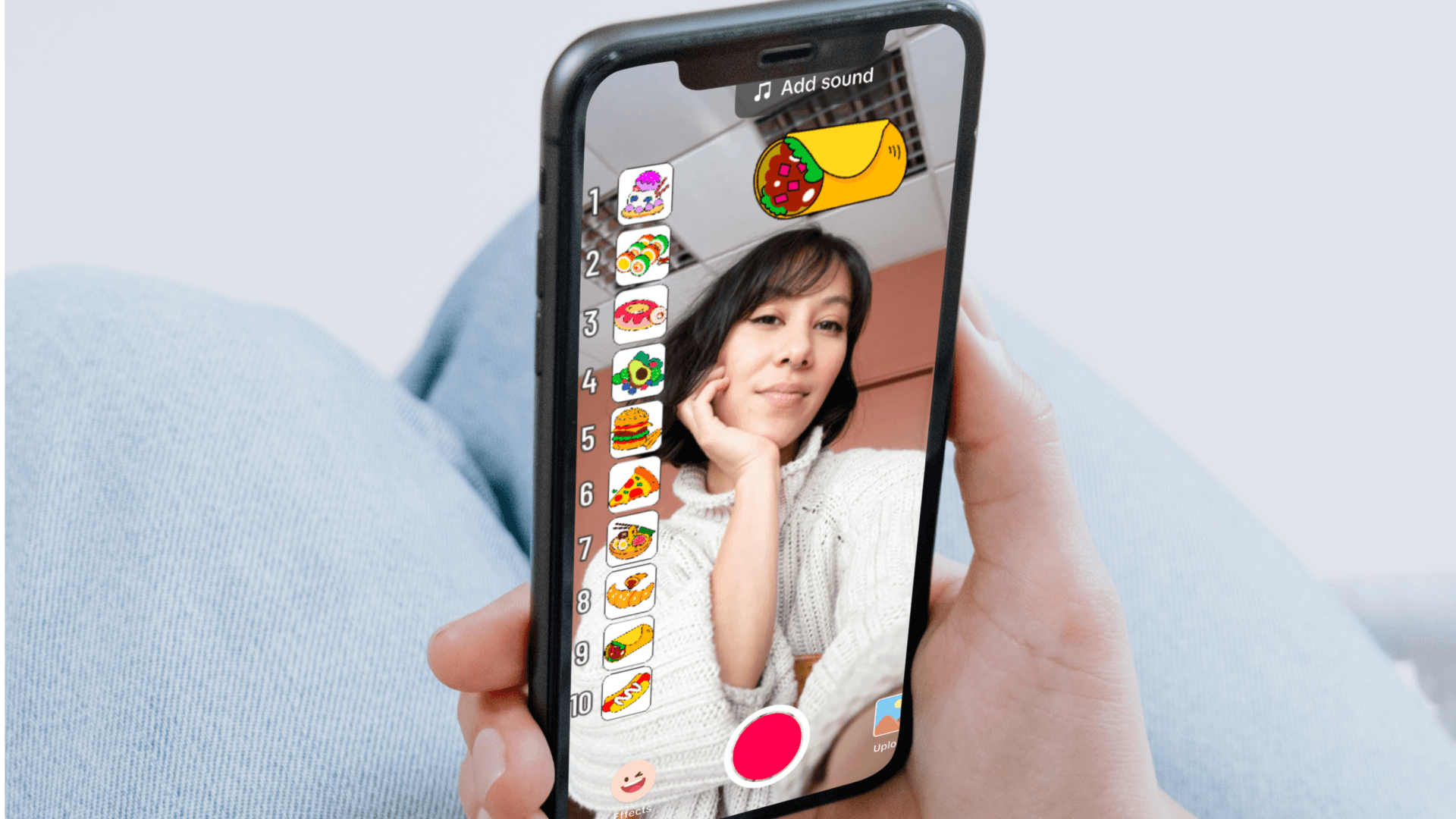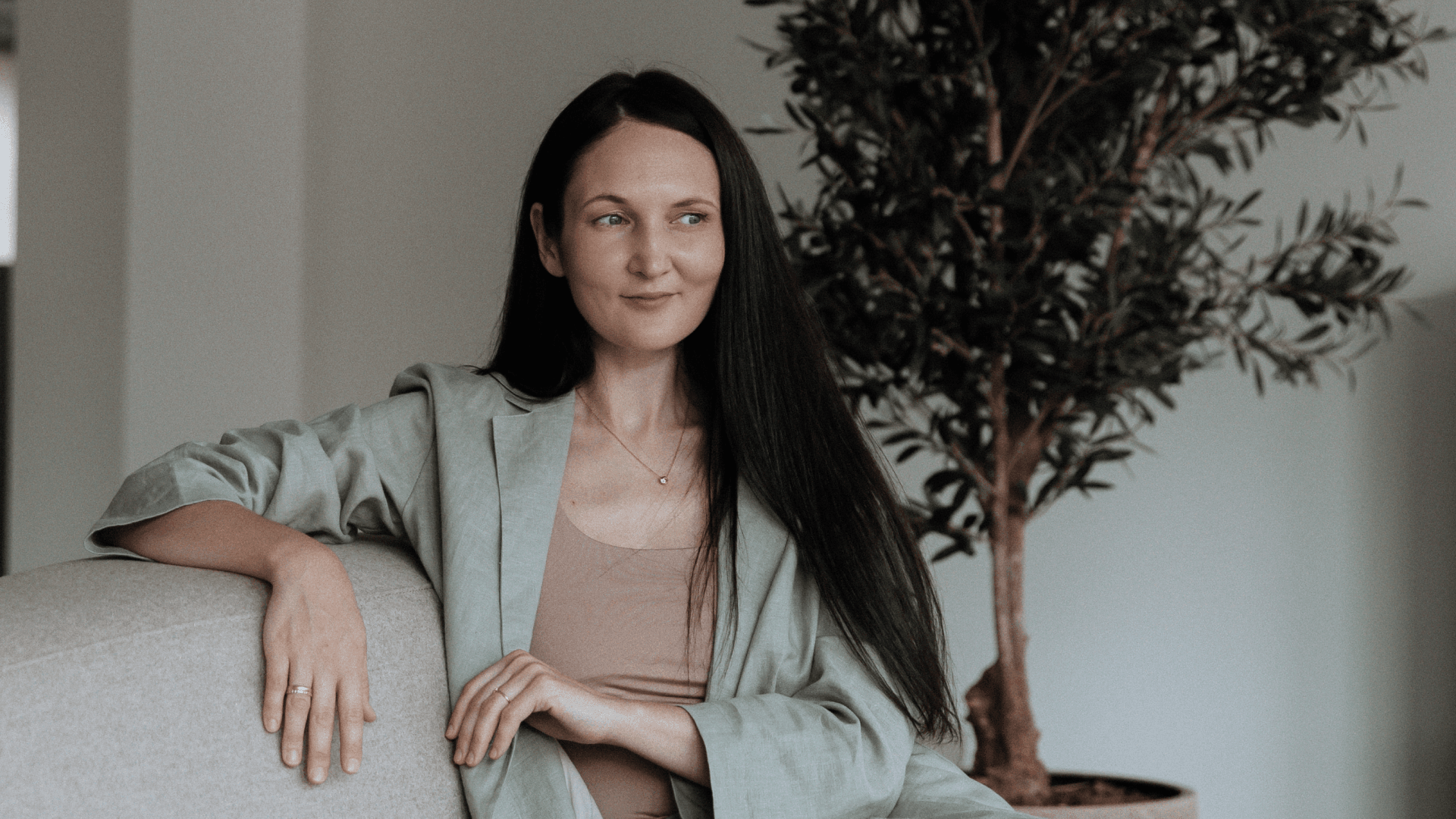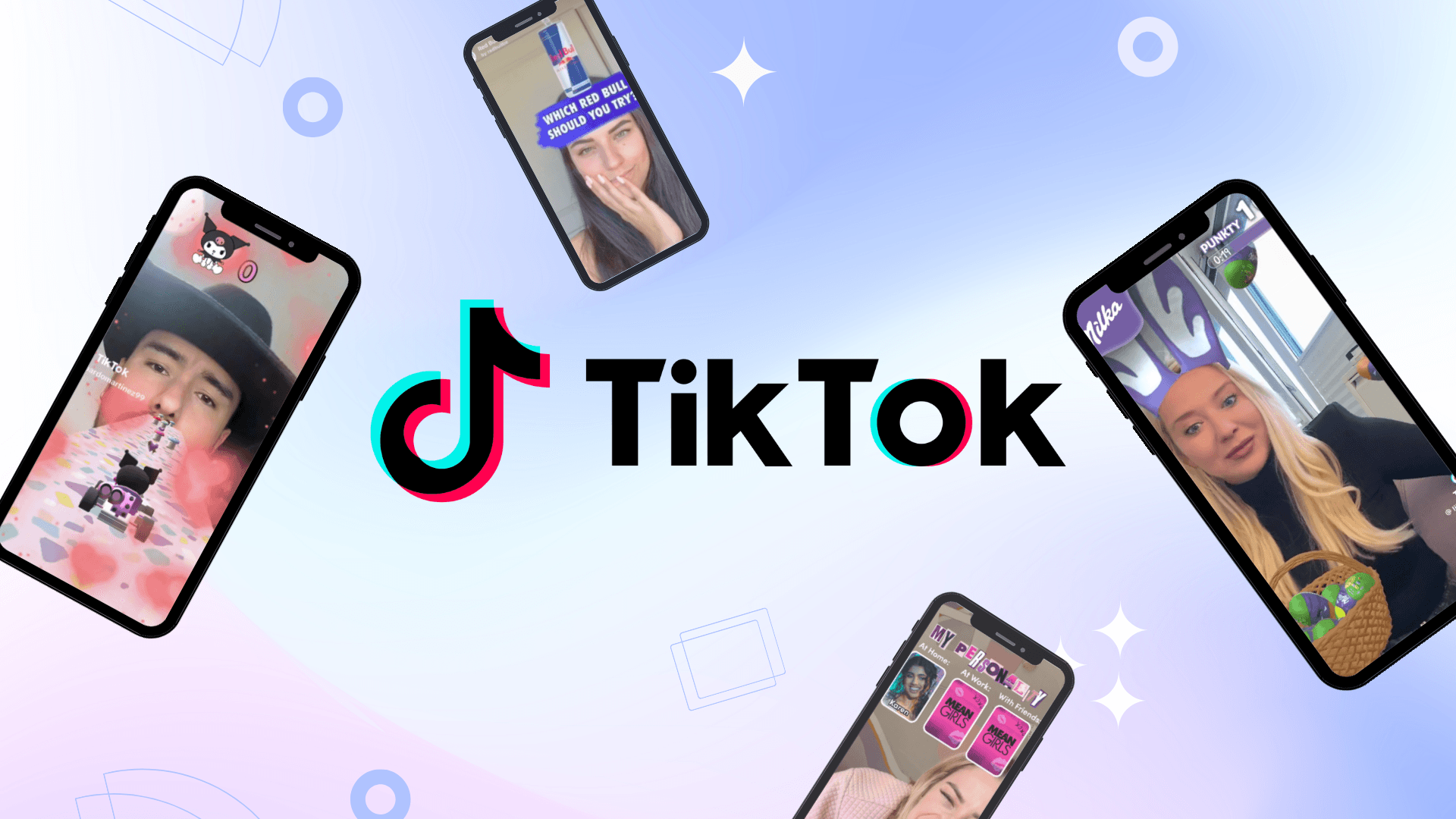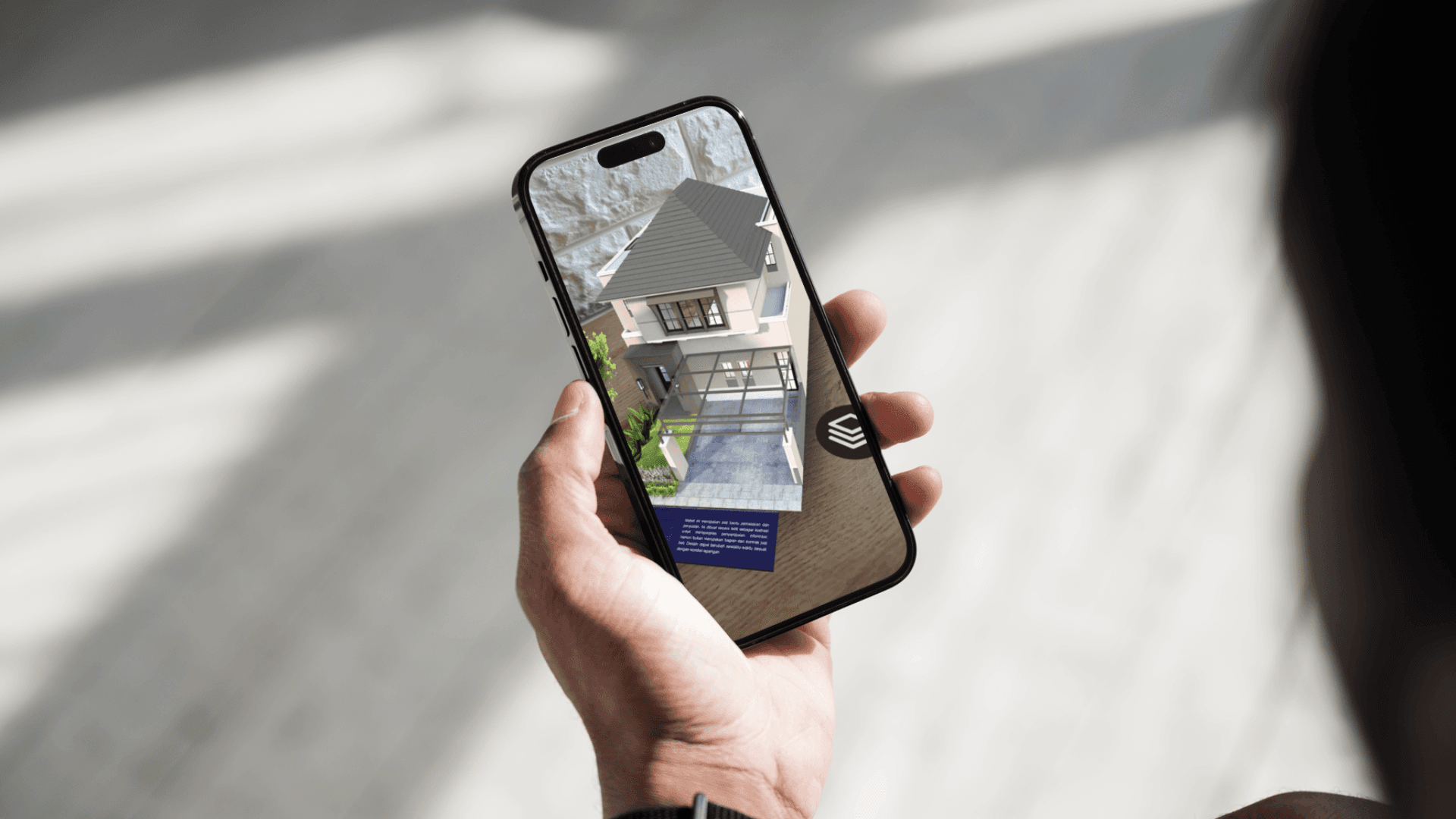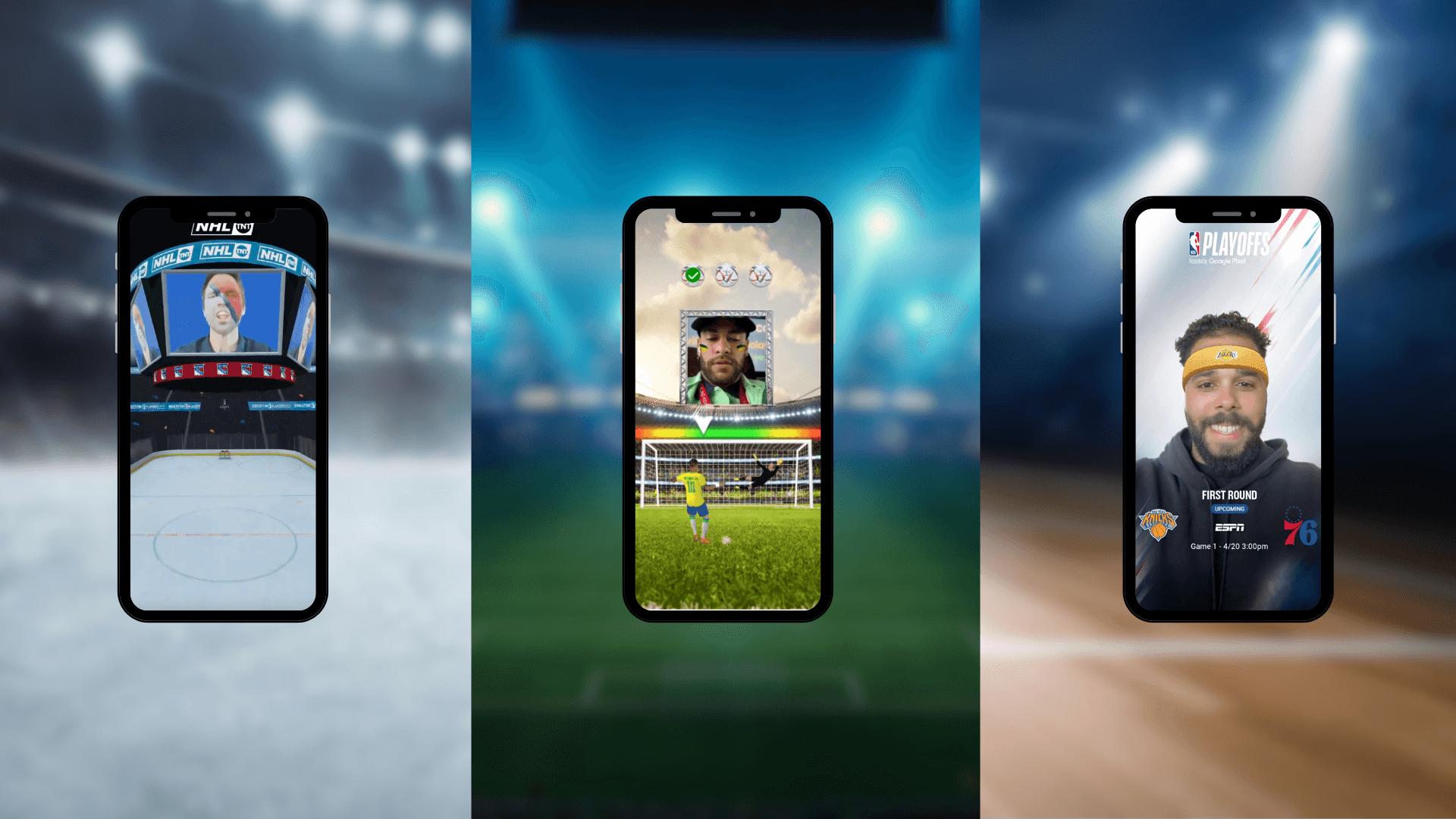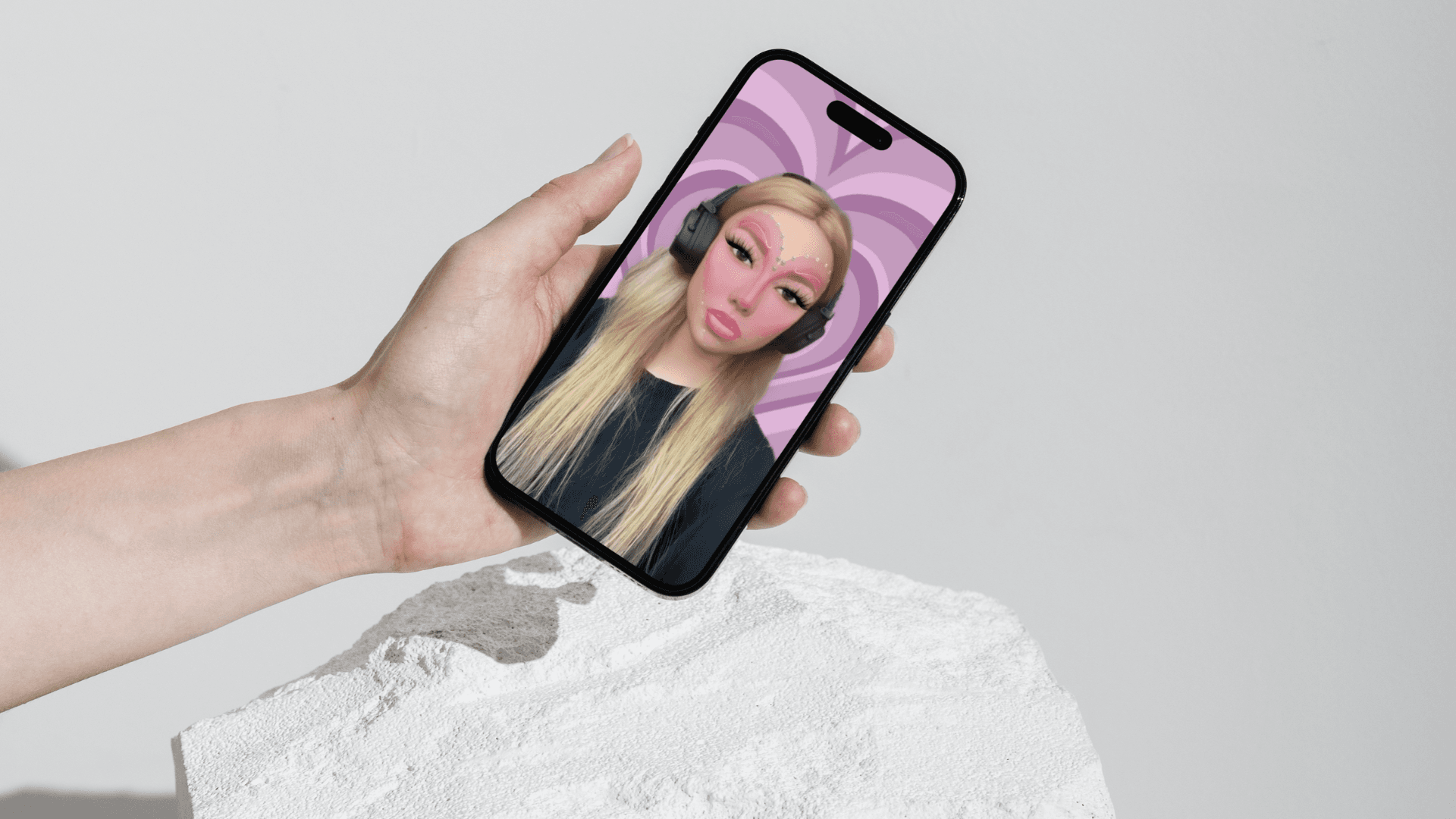What is augmented reality (AR) and how will it improve your marketing?
In the fast-paced world of social media, the ever-evolving landscape demands constant innovation to capture and retain user attention.
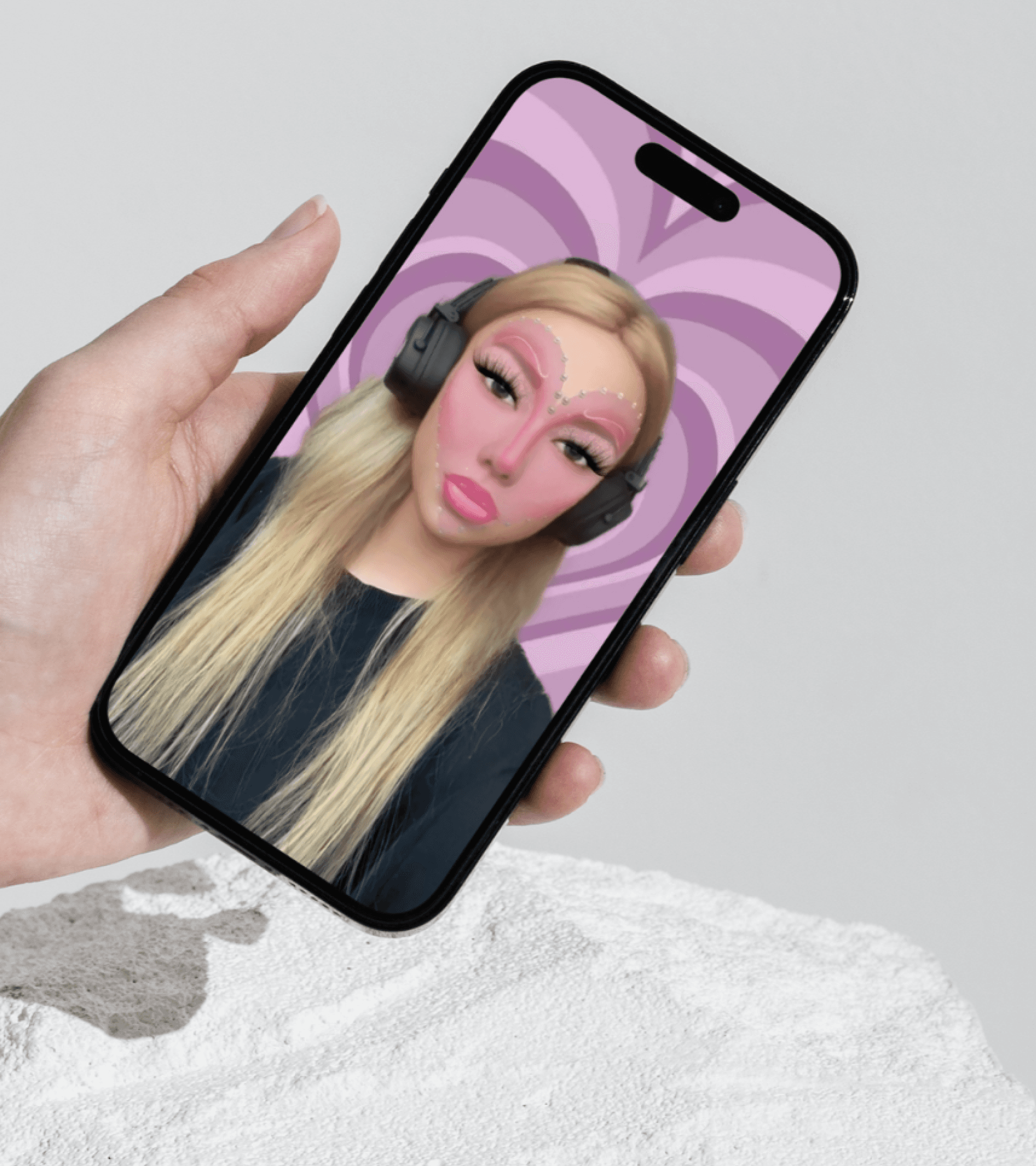
Augmented reality is a technology that overlays virtual elements onto the real world. In social media, AR provides users with unique ways to interact with content, making the user experience richer and more engaging.
Table of content
Why is Augmented Reality needed in Social Media?
Results that Augmented Reality brings to brands
Examples of successful AR campaigns
Why is Augmented Reality Needed in Social Media?
Enhanced Engagement
Augmented reality offers an immersive and engaging way to interact with content. Users are no longer passive observers but active participants in the brand's story. This increased engagement leads to longer dwell times, increased click-through rates, and a more memorable brand interaction.
Differentiation
In the crowded social media landscape, it is essential for brands to stand out from the crowd. Augmented reality allows brands to differentiate themselves and leave a lasting impression on users. Innovative AR campaigns can set a brand apart from its competitors and create buzz around their products or services.
Personalization
Augmented reality allows brands to create highly personalized experiences. Users can interact with products virtually, try them on, and see how they fit into their own lives. This personal approach creates a deeper connection between the user and the brand, making them more likely to convert into customers.
Data and Analytics
In social media, augmented reality also provides detailed data and analytics. Brands can track user engagement with AR content, offering valuable insights into customer preferences and behavior. This data can be used to refine marketing strategies and improve future AR campaigns.
Results that Augmented Reality Brings to Brands
Increased Brand Loyalty
By delivering engaging and memorable experiences, AR fosters stronger connections between brands and their audience. Users who have positive interactions with AR content are more likely to become loyal customers and brand advocates.
Higher Conversion Rates
Augmented reality allows users to "try before they buy." For instance, cosmetics brands can offer virtual makeup try-ons, and furniture companies can provide augmented reality furniture placement. These experiences give users more confidence in their purchasing decisions, leading to higher conversion rates.
Social Sharing and Visibility
Compelling AR experiences are inherently shareable. When users encounter something unique and exciting, they often share it with their followers. This organic sharing can lead to viral campaigns that significantly expand brand visibility without significant advertising costs.
Enhanced Customer Understanding
The data collected from AR interactions can be invaluable in shaping future marketing strategies. Brands can gain deeper insights into their audience's preferences and habits, enabling more effective targeting and content creation.
Examples of Successful AR Campaigns
Snapchat and Gatorade:
In 2016, Gatorade and Snapchat launched a campaign that allowed Snapchatters to be part of Team Gatorade's legendary victories. Users could use an AR filter to look like they were part of the sports drink's victory shower. The campaign went viral, giving fans a chance to share in the victory with their favorite team.
Starbucks and Facebook:
In 2019, Starbucks launched a Facebook campaign that invited users to use an AR filter to interact with a new beverage. The filter allowed users to "try on" the new drink, adding a unique visual element to photos and videos. The campaign helped generate interest in the new product.
Adidas Originals and Instagram:
In 2018, Adidas Originals partnered with Instagram to launch an advertising campaign that leveraged augmented reality. Users could use a filter to see a new pair of sneakers through augmented reality. This allowed potential buyers to "try on" the shoes directly in the app, enhancing the shopping experience and making it more interactive and engaging.
Coca-Cola and Snapchat:
In 2018, Coca-Cola launched a campaign on Snapchat, giving users the opportunity to interact with unique content. Users could scan the Coca-Cola logo in the app and see the campaign's specially created fun and creative AR filters.
These successful examples demonstrate how AR can be a powerful tool in advertising campaigns, capturing attention and engaging audiences in unique interactive experiences.
By incorporating AR into your marketing strategy, you can attract more users to experience your products. It takes your social media strategy to the next level, making your content even more exciting and engaging for users.
At Digitune we are experienced professionals ready to turn your ideas into augmented reality. Let's spice up your marketing strategy as official Snapchat partners.
Any questions in mind?
What is augmented reality and how can it benefit our brand?
Augmented reality (AR) is a technology that combines digital elements with the real world. It can enhance a brand's interaction with customers by providing unique and engaging experiences such as interactive ads, product virtualisations and more.
How can augmented reality improve user engagement on social media?
Augmented reality creates interactive and entertaining experiences, encouraging users to engage and share content on social media. For example, the introduction of AR filters can inspire users to create their own images and videos, which in turn will expand your brand's visibility.
How quickly can we launch an augmented reality campaign?
The speed at which a campaign can be launched depends on the concept chosen and the technical requirements. Our experts work efficiently to ensure a fast implementation. Contact our team to discuss your needs and start planning immediately.




